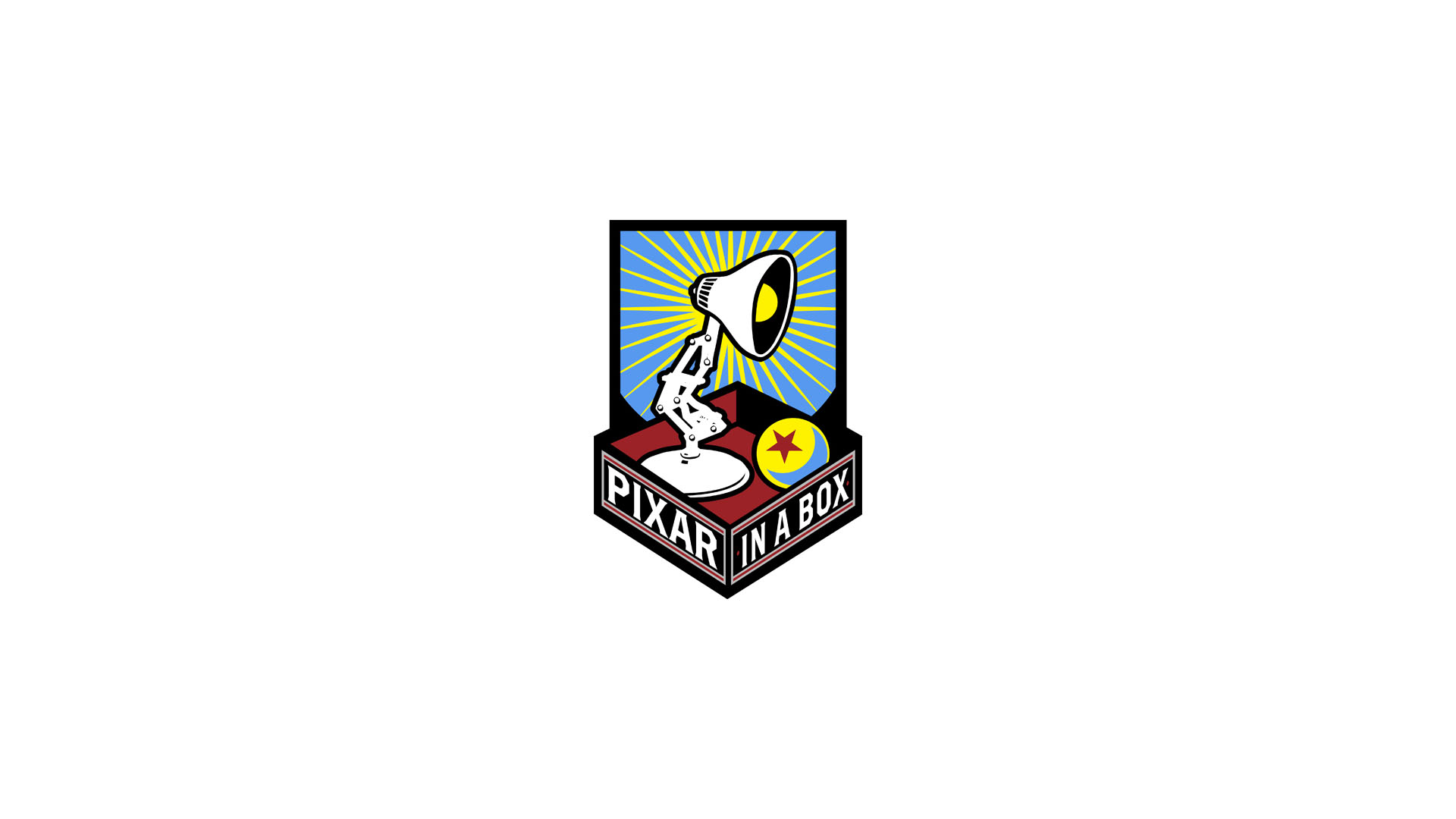Pixar in a Box
As part of the RenderQ mission, the team is responsible for providing tools and being a source of information for students starting their careers within the Digital Media Department. This week, RenderQ goes over some fundamental aspects of the animation industry with the online curriculum: Pixar in a Box.
In collaboration with Khan Academy, Pixar has developed a platform with tutorials regarding basic skills and school subjects (math, science, and art) needed to create their famous animated movies. The program is broken down into different videos and practices that cover various aspects of the animation pipeline. Even though its approach may seem very elementary, everyone interested in animation can take advantage of their lessons.
This free online curriculum is divided into 14 main subjects, from which it is broken down into subtopics with tutorials and practices that the viewer can follow. These main subjects are listed below:
The art of storytelling: this main topic is subdivided into six sections covering different essential aspects of storytelling. A few examples are character development, story structure, visual language, film grammar, and more!
The art of lighting: Light is what keeps the film as natural as possible. The approach within virtual lights in the animation industry is the same as actual lights in live-action films! In this stage, viewers will learn about lighting properties and how this can bring depth, beauty, and emotions to Pixar films.
Simulation: in this section, viewers will learn the importance of coding or computer programming to develop details within animated films. They present examples such as the particles in Merida’s hair from Pixar’s Brave. Coding facilitates the animator’s job, automating the individualized tasks that are too complicated to do by hand.
Color Science: this unit covers the nuances and the science behind color theory. The team emphasizes how color can bring any story to life. It is a filmmaking tool such as acting, music, and dialogue that deepens the meaning and emotion of the story.
Virtual Cameras: viewers in this unit will practice camera angles. They will learn about the approach in the animation industry using digital cameras, which is just like filming a live-action movie but within a computer.
Effects: lesson provides practices for the user to create minor special effects using physics. They also go over the responsibility of the effects artists to make water, explosion, and fire effects within Pixar’s films.
Patterns: in this section, viewers will receive an overview of how texture artists work at Pixar. Part of the practices included in this lesson use geometry and randomization to create a basic dinosaur skin texture.
Rigging: the secret behind every character that’s come to life within animation. It gives movement to the character. This lesson focuses on the practice of animating Pixar’s lamp and making a snowman smile.
Animation: this introduction to animation provides viewers an overview of how artists animate characters. It also allows users to animate a bouncing ball in a series of sequences.
Environment Modeling: artists at Pixar use mathematical formulas to create environments. Viewers in this lesson have the opportunity to learn about how Pixar’s artists used these formulas to create environments in Pixar’s Brave.
Character Modeling: in this unit, viewers will learn how artists use the subdivision algorithm to create smooth-realistic surfaces in the characters’ aesthetics.
Crowds: users can learn the different techniques to create crowds. The primary practice within this lesson is to learn how to multiply a simple robot model from parts and make a crowd.
Sets and Staging: Pixar artists, just like live-action filmmakers, create virtual props, sets, and characters, making sure everything is in place before filming a shot. Users will be able to stage their virtual stage using geometric transformations.
Rendering: this unit goes over the mathematical equations within the last stage of the animation pipeline. In this stage, technical directors are responsible for finalizing a scene by calculating the color of every pixel in every frame of every shot.
Pixar in a Box provides an excellent breakdown of the essential fundamental aspects within the animation pipeline. Whether someone wants to refresh their knowledge or learn something new, anyone from expert to apprentice can take advantage of Pixar in a Box online lessons. The best part? It is entirely free and accessible with just a mouse click.
Sources:
https://www.pixar.com/pixar-in-a-box
https://www.khanacademy.org/computing/pixar#start
https://www.afterschoolnetwork.org/post/khan-academy-launches-pixar-box-free-online-curriculum-computer-animation
https://www.khanacademy.org/computing/pixar/start/introduction/v/pipeline-video
